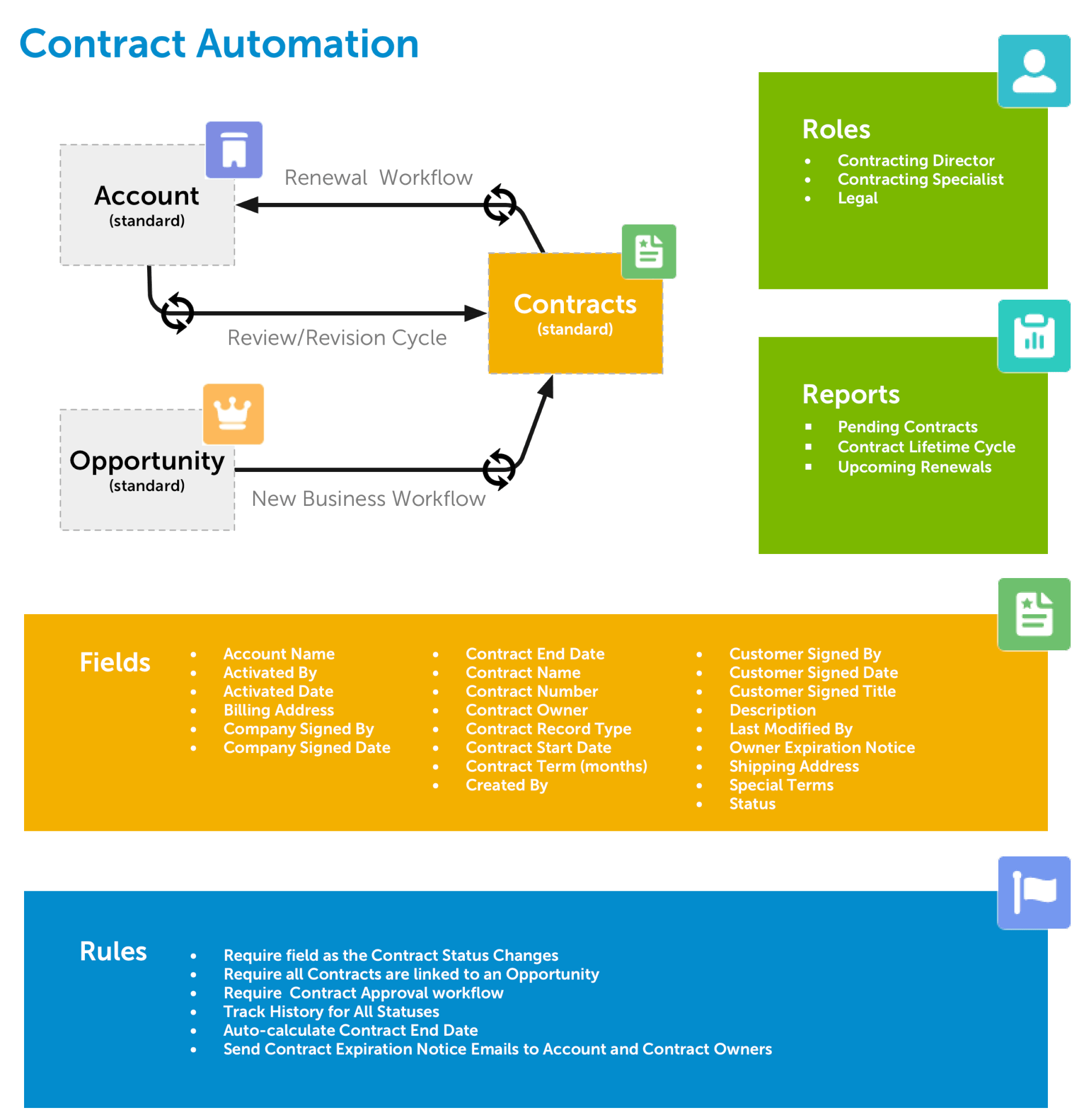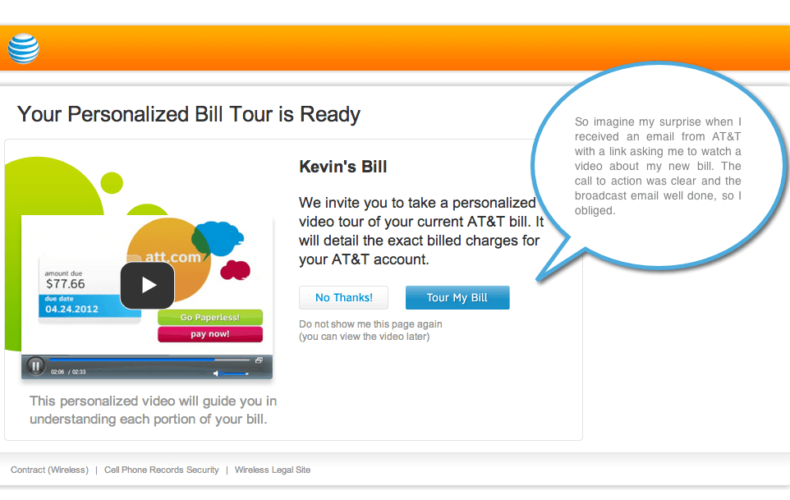Do Healthcare Companies Need Customer Personas?
I just wrapped up giving a condensed version of my Workshop 1a – Claim your customer at the 4th Annual Medicare Advantage Strategic Business Symposium in San Juan, Puerto Rico. It was a fantastic group, and we all learned from each other. Participants ranged from major insurance plans to renowned hospitals, and everything in between.
We went through how to create personas specific for a Medicare market so that product developers at these companies will be able to create something that is meaningful for a specific audience. You can see my intro deck here.
According to John Pruitt, personas are “detailed descriptions of imaginary people constructed out of well-understood, highly specified data about real people”.
Every healthcare company should become familiar with and practice the discipline of persona development. This realization is a result of The Affordable Care Act changing the market from wholesale to retail. As I have said many times before – retail means a focus on the consumer’s wants, not your products. As consumers are offered a choice of competing products, healthcare companies need to create offerings that have a clear value proposition or risk losing share. A standard method for persona development looks something like the following:
But person creation for healthcare, in my opinion, has some points to keep in mind, which I refer to as tenants. I describe these in brief below, but I will focus on them in depth in future posts.
Tenant #1 – All of this Exists in an Ecosystem
All of this exists in an ecosystem, only some of which is in your control. A good persona has detail about the user’s needs, attitudes, and behaviors, and a great one includes the most important and relevant influencers as well. Outside of the patients themselves (note: I did not say member or customer), healthcare influencers in my model are comprised of:
- The provider – including all care providers and health information providers, such as doctors, family members, Oprah, Google, …
- The payer – this is the insurance company and their intermediaries, such as brokers, employers, government, organizations, …
- The purveyor – or those entities selling the products and tools we need to get and stay healthy, such as the pharmaceutical companies, Nike, gyms, trainers, …
Your personas must take into account the dynamic of this ecosystem and provide insight into how the person is influenced in a positive and negative way about their health and your product(s). This will help not only the product designers but also the product marketing team later down the road.
Tenant #2 – You are a Retailer Now
Dear healthcare company, you are a retailer now, get used to it and act like one. As I mentioned earlier, the healthcare market is being forced into a retail setting. This is not just for the payers but includes the care providers as well. Groups like The Cleveland Clinic and Mayo figured this out early on and established themselves as the Zappos of their trade.
It is important for companies new to retail to understand that retail has its own rules – and the customer has the advantage. According to Willard N. Ander and Neil Z. Stern in their book Winning at Retail: Developing a Sustained Model for Retail Success, a successful retailer will only try and sell to one value position, and customers who prioritize that value position will shop at them. This means you can be Wal-Mart, or Target, but not K-mart.
One of the axioms of direct-to-consumer business is that you cannot be all things to all people. This means no more talking about your Medicare market as Over 65. The diversity of people over 65, in their health, and health knowledge, and how they shop is varied. Lumping them into one market with one set of products means you will be meaningless to all. It is time to pick a horse and commit to the race.
Tenant #3 – Customers Behaviors Vary
Your customers attitudes (may) stay the same, but their needs and behaviors do not. People do not think of their health holistically. Instead, they break things down into jobs-to-be-done, as described by Clayton Christensen. A single person, based on their changing health jobs-to-be-done and knowledge specific to them, can change their behavior and attitudes. This means that the same person you lump into one segment can have very different behaviors associated with the different aspects of their health.
Smart healthcare companies have to realize this. Infinite customization of health products is a pipedream at this point. But matching a product to a like grouping, and being flexible enough to modify interactions based on a current job-to-be-done is crucial for creating lifetime customers, and the resulting value a company gets from that.
To Thine Own Self Be True
Healthcare companies, as all good retailers must know what they are capable of and should optimize their capabilities to 1) create meaningful value exchanges with customers around a specific value position, and 2) capture all of the data involved in a consumer making a purchase decision, not just the outcome of that decision.
You cannot just have a traditional “enROLLment” system. Instead, you need a “ROLLing” system that moves with the customer through their health decisions, capturing all of the nuances along the way – and then uses that data, and some logical inferences, to create relevant and reasonable predictions for additional consumer needs.
More to come on all of this soon.
To your health,
The Team at imagine.GO



















